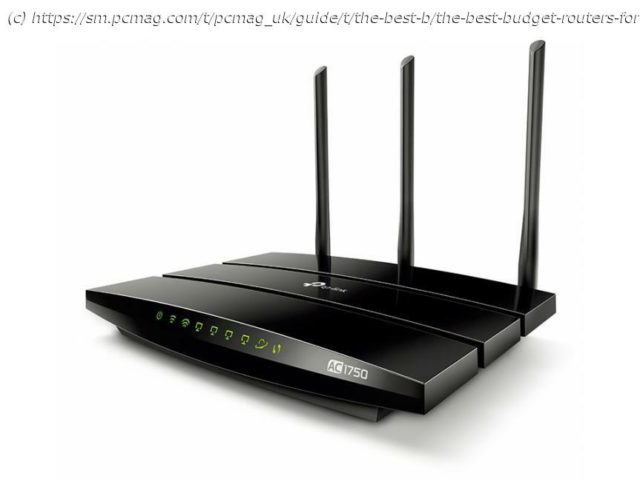Need to amp up your Wi-Fi network, but don’t want to spend a fortune? Here’s what you need to know to choose the right affordable router, along with our top tested performers under $150.
With the pandemic keeping most of us at home, your personal Wi-Fi is now your work Wi-Fi, too. That presents problems for some, since carrying essential work-related traffic with bulletproof reliability can be a difficult chore for that aging router that’s been collecting dust under your TV. If your router is wheezing while shouldering your work-at-home data load in addition to its normal gaming and entertainment fare, it’s time to start looking for something more modern. And if the pandemic is stretching the limits of your wallet as much as your bandwidth, you’re likely looking for something economical. Enter this bevy of network bargains. Higher-end wireless routers employ the latest Wi-Fi technologies to deliver blazing data rates and advanced features, but they often cost upward of $300. You’re looking for a speed boost, but you might not need the latest and priciest to get it. If you live in a small home or apartment and have only a handful of devices connecting to your network, you can save a bundle with a budget-class router and still enjoy solid throughput performance and even some of today’s more advanced features. Read on to find out what to look for (and what to expect) from an under-$150 desktop router. Getting Speed on a Budget: Wi-Fi 5 vs. Wi-Fi 6 These days, you’ll find that most budget routers use Wi-Fi 5 (802.11ac) technology, although there are still a few Wi-Fi 4 (802.11n) routers hanging around, so it’s worth checking. The latter are single-band routers that operate on the 2.4GHz spectrum and offer very limited throughput speeds. That’s not necessarily the kiss of death, but they probably won’t pair well with today’s PCs, mobile devices, and smart home devices, most of which are looking for at least a Wi-Fi 5 connection. They’re also ill-equipped for multimedia tasks such as video streaming and online gaming. Wi-Fi 5 routers, on the other hand, are dual-band devices that let you connect using both the 2.4GHz and 5GHz frequency bands. They have several other improvements, too, especially MU-MIMO technology, which transmits data simultaneously (rather than sequentially) to compatible client devices. Another cool feature to look for is beamforming, which sends wireless signals directly to clients rather than over a broad spectrum. If you see automatic band-steering on your router’s spec sheet, that means the router can select the most efficient radio band based on the current network traffic, band availability, and signal strength. If you’re wondering which band you’re most likely to use, then know that the 2.4GHz radio band is best suited for long-range transmissions but is subject to interference from other household devices such as microwave ovens and cordless phones. The 5GHz band provides significantly more bandwidth than the 2.4GHz band and is ideal for video streaming, online gaming, and large file downloads, but it has limited range, which is why these systems often need to be bolstered with a wireless range extender, especially in larger homes.






